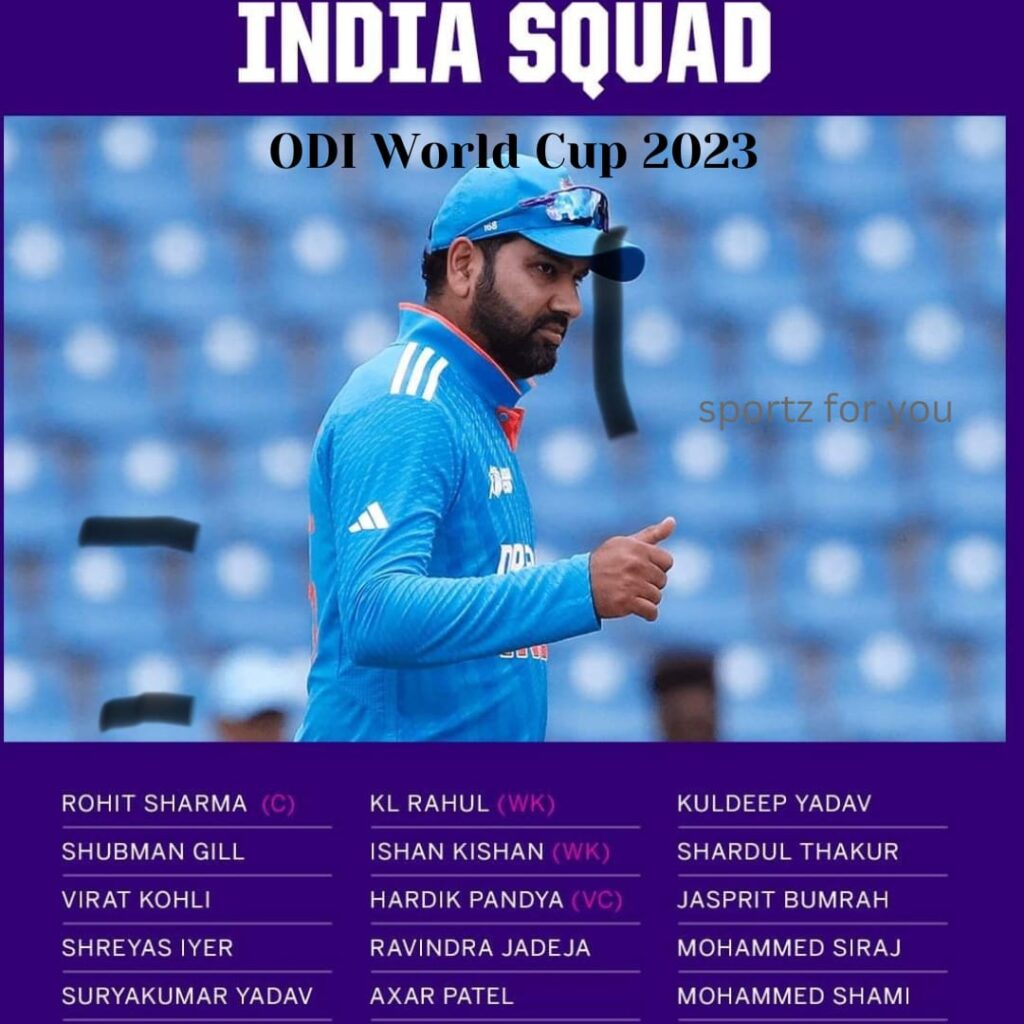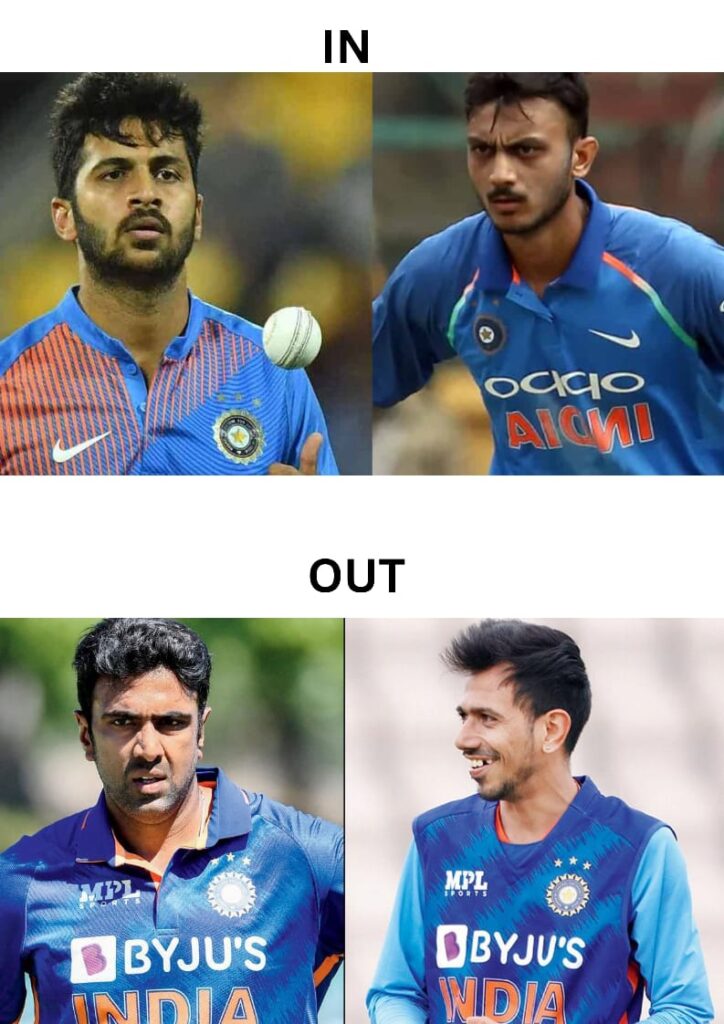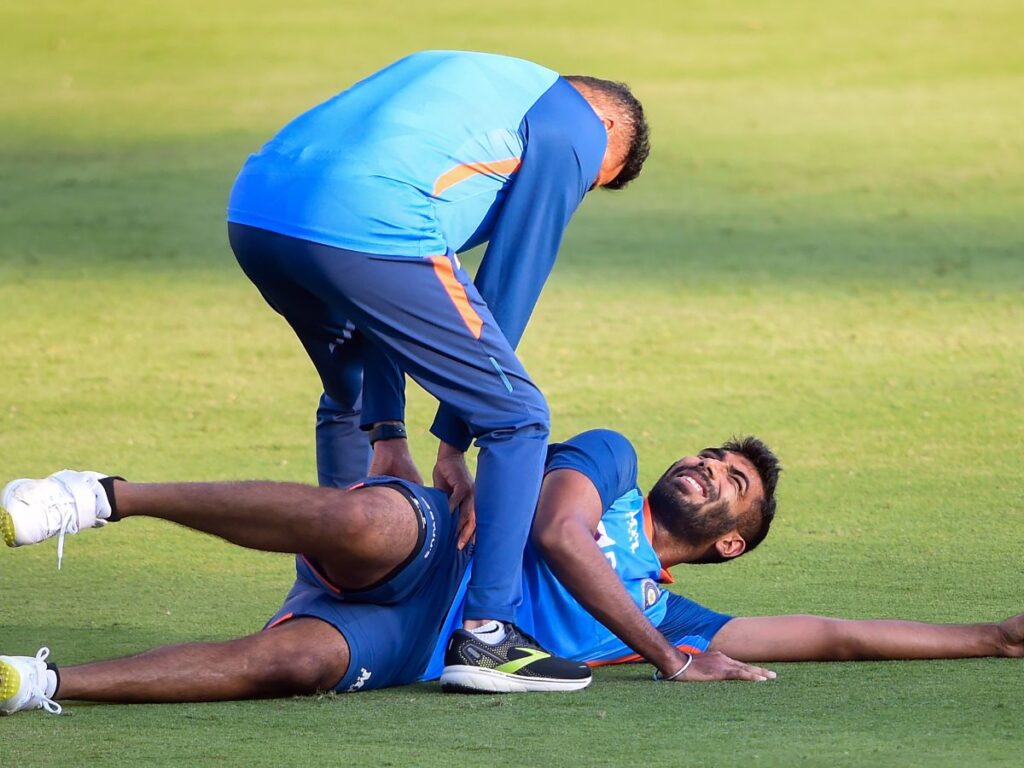
The Indian cricket team’s selection for the ICC World Cup 2023 has been a topic of intense scrutiny and debate among cricket enthusiasts and experts. Many have questioned the rationale behind certain choices and expressed concerns about the team’s ability to perform at its best in the tournament. In this analysis, we will delve into the various aspects of the team selection, the reasons behind it, and the potential implications for India’s campaign in the ICC World Cup 2023.
ICC World Cup 2023: Fear of Failure or Prudent Decision-Making?
One of the central criticisms leveled against the selection process is the perception that it has been driven by a fear of failure rather than a bold and confident approach. Critics argue that the selectors have been overly cautious in their choices, prioritizing stability over potential game-changers. This caution, they say, is evident in the team’s composition, where players like Shardul Thakur and Axar Patel have been included with the hope that they can patch up potential weak spots in the lineup.

The Quest for Balance
A balanced team is crucial for success in any format of cricket, and the ICC World Cup 2023 is no exception. The Indian selectors have faced the challenge of striking the right balance between batting and bowling, and this has led to some intriguing decisions. The inclusion of Shardul Thakur, for instance, is seen as an attempt to find an all-rounder in the mold of Australia’s Mitchel Marsh. Thakur’s ability to contribute with both bat and ball has been a factor in his selection, but questions linger about whether he can truly fill the all-rounder role effectively.
Band-Aid Solutions
The inclusion of Axar Patel is another example of what critics perceive as band-aid solutions. Axar’s primary role in the team is as a bowler, particularly as a spin option. However, the hope is that he can also provide valuable contributions with the bat when needed. While Axar is a capable lower-order batsman, his selection raises questions about whether this approach is a sound strategy for an ICC World Cup 2023 campaign. It suggests that the team management is more focused on plugging potential holes rather than building a squad with the confidence to win matches convincingly.
The Role of Spinners
Spin has traditionally been a strong suit for Indian cricket teams, especially in limited-overs formats. However, there is a sense that the selectors’ fear of a fragile lower-order batting lineup has influenced their decision to exclude experienced spinners like Ravichandran Ashwin and Yuzvendra Chahal. These players have demonstrated their ability to take wickets and control the middle overs, but concerns about their contributions with the bat appear to have played a part in their omission from the ICC World Cup 2023.
Lack of Planning
Another criticism of the team selection process is the perceived lack of long-term planning. The choices made seem to be driven more by immediate concerns and reactions to recent performances rather than a clear and strategic vision for the ICC World Cup 2023. For instance, the inclusion of Ishan Kishan as a left-handed batting option appears to have been made only after Suryakumar Yadav failed to make an impact at No. 4 or No. 5. This reactionary approach raises questions about whether the team management had a well-thought-out plan from the beginning.
Changing Plans and Lack of Confidence
The shifting plans in preparing pitches for the ICC World Cup 2023. Initially, there seemed to be a plan to prepare spin-friendly tracks that would favor the Indian team’s strengths in the bowling department. This plan was understandable given the team’s perceived lack of balance. However, it appears that the selectors lost confidence in this approach and shifted away from it. The removal of Ashwin and Chahal from consideration suggests a lack of faith in the team’s ability to capitalize on such pitches.
Inconsistent Selections and Lack of Conviction
Inconsistencies in player selection have been a recurring issue. The inclusion and subsequent exclusion of players like Deepak Hooda and Venkatesh Iyer during the lead-up to the T20 World Cup in Australia raised questions about why they were selected in the first place. Similarly, the decision to bench Yuzvendra Chahal in favor of Harshal Patel in Australian conditions was viewed as a perplexing choice. These inconsistencies suggest that while the selectors are willing to take risks, they do not always have the conviction to stick with potentially better choices.
Concerns About Player Fitness
Injuries to key players have also added to the selection conundrum. Rishabh Pant’s injury and concerns about the fitness of players like KL Rahul and Shreyas Iyer have disrupted the team’s plans. Shreyas Iyer, in particular, had seemingly solved the No. 4 batting problem before his injury, leaving a void that needed to be filled. Additionally, Jasprit Bumrah’s back injury has raised questions about the team’s reliance on him as a Powerplay and end-overs specialist.

The Way Forward
As the ICC World Cup 2023 approaches, the Indian cricket team faces a daunting challenge. While the selection process may have been marked by caution and apprehension, it is essential for the team to focus on the task at hand. Inspired captaincy from Rohit Sharma and smart selection of the playing XI will be crucial in navigating the tournament successfully.
Conclusion
In conclusion, the selection of the Indian cricket team for the ICC World Cup 2023 has been a subject of intense debate and scrutiny. Critics argue that the decisions appear to be driven by fear of failure and a lack of confidence in the team’s ability to perform at its best. While concerns about balance and player fitness are legitimate, the selection process should ideally be guided by a clear and strategic vision for success. As the tournament unfolds, it remains to be seen whether the team can overcome these challenges and write a successful chapter in its cricketing legacy.